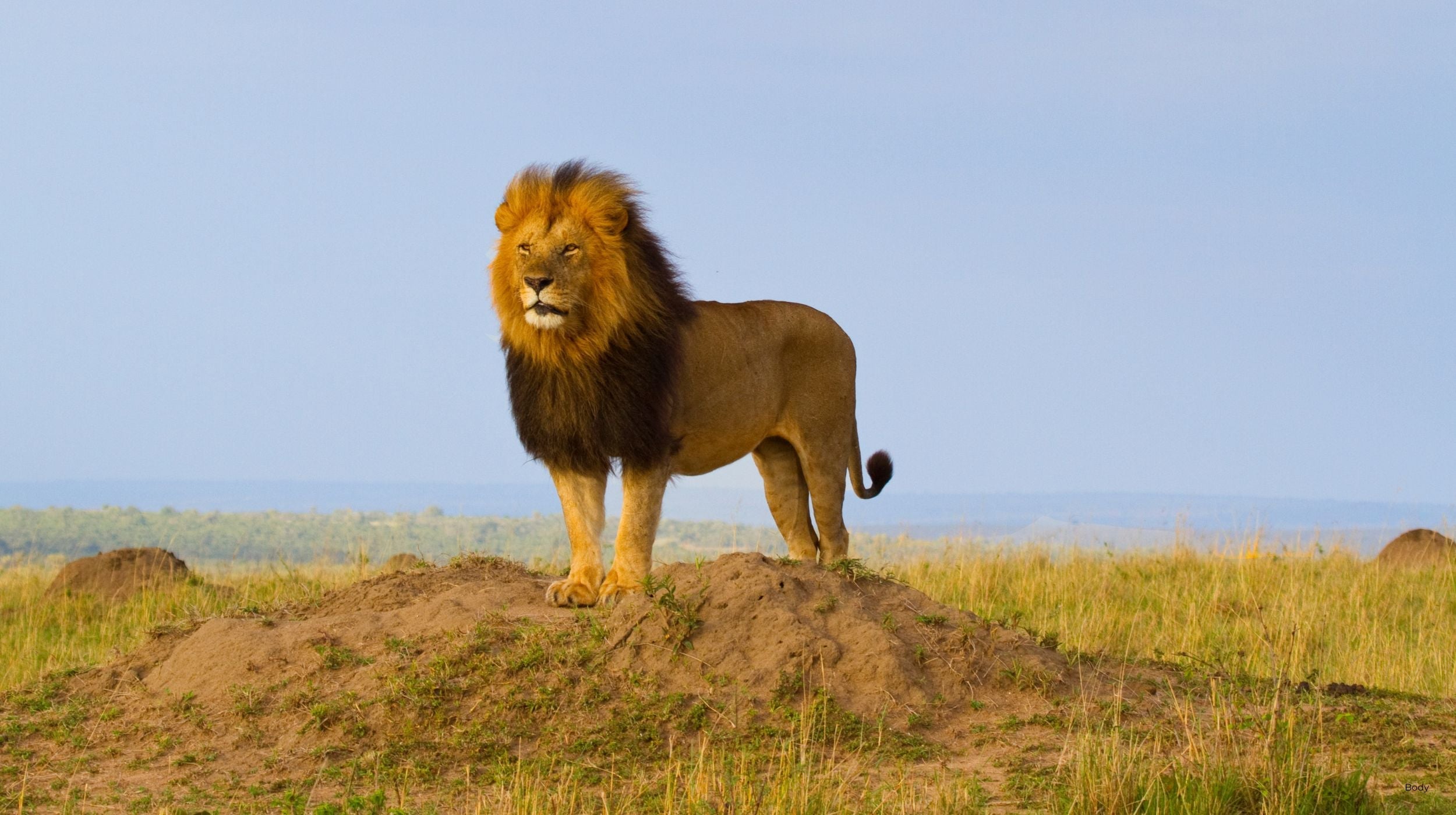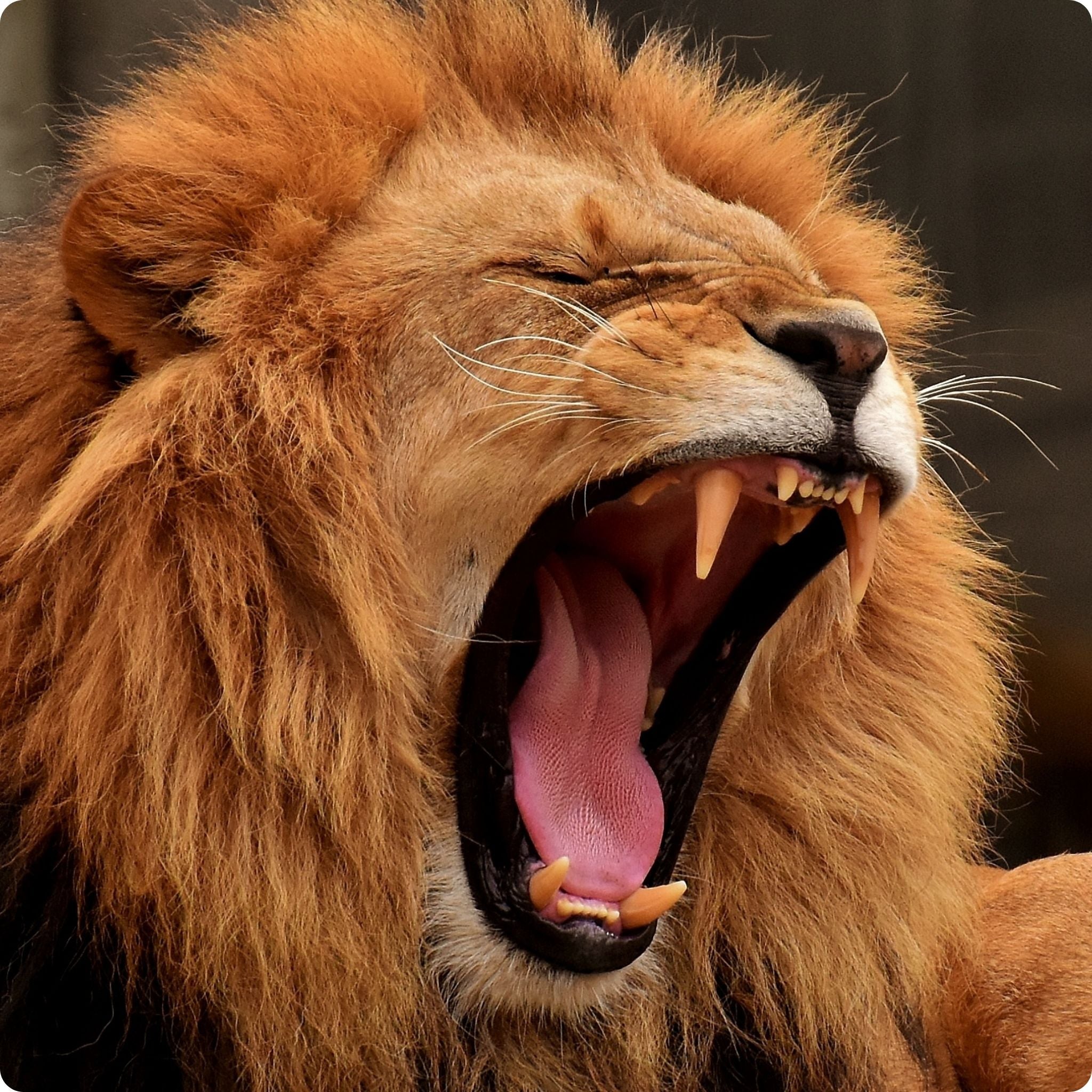
Lion
This is the place to learn all about the king of the jungle, wow your friends with some fascinating lion facts, learn about where lions live, how they spend their day and what they eat. Read about what makes lions so important and why their future is being threatened.
Where do lions live?
Lions were once found all over Africa but sadly are now only found in sub-Saharan Africa. There is also one critically endangered population of lions in India's Gir Forest.
They are often referred to as the ‘King of the Jungle’, yet lions live in grasslands and savannas (a mix of woodland and grassland), where some cover and plenty of water can be found.

How do lions spend their day?
Lions are the most social cats and usually live in a family group of between 10 and 15 animals called a ‘pride’. The pride often consists of up to 3 male lions and a group of 10 or 12 related female lions and their young. The size of the pride will depend on how much food and water is available.
The role of the male lion is to patrol their territory and protect the pride. They do this by roaring, marking the area with urine, and chasing off intruders. Pride members keep track of one another by roaring.
A lioness can give birth to 2 or 3 cubs at a time, the name for a baby lion is a cub, whelp or lionet. Female cubs usually stay with the pride as they get older but young male lions will eventually leave and establish their own pride.
Lions are also the laziest of all the big cats and can sleep for between 16 and 20 hours each day, they also enjoy lots of touching, head rubbing, licking, and purring.


What do lions eat?
Lions are carnivores, so their diet consists of meat.
The female lions are the pride’s main hunters, they tend to hunt at night between dusk and dawn. Lionesses are smaller and quicker than male lions, yet they often work together as a team to hunt their prey, this works well as many of the animals that they are hunting are faster than them, so teamwork really pays off!
Their prey includes buffaloes, zebras, hippos, giraffes and other large animals. They will also eat smaller prey such as mice, lizards, and tortoises. Quite often lions may steal food from other carnivores, like hyenas, wild dogs or leopards.
After a successful hunt, all the lions in the pride share the meal but there is a pecking order. The adult males will eat first, followed by the lionesses and finally the cubs. The lions will then rest until it is time to hunt again, generally every few days.


Why are African lions so important?
Lions are the top predators in their environment and play an important role in the food chain. They help to control the numbers of plant eating (herbivore) animals, such as zebra and buffalo, which in turn effects the condition of grasslands and forests. Without lions to control them, these species can also out-compete other animals, eventually causing their extinction.
The lion is also an iconic symbol to people all around the world. Many communities in Africa rely on the money brought in from tourism, with lions being one of the biggest attractions.




